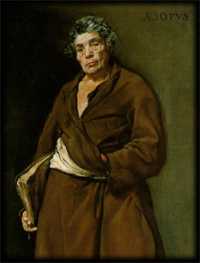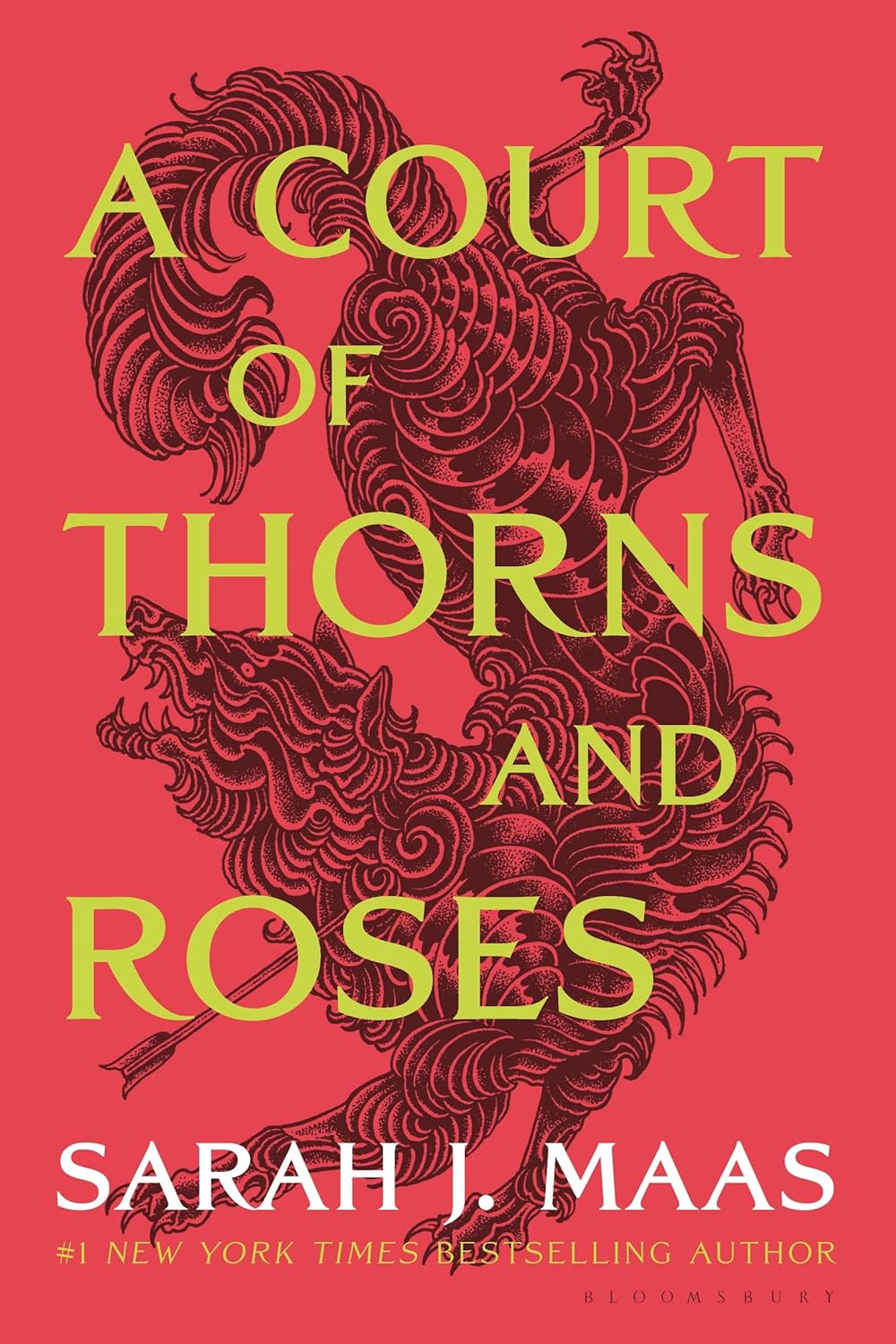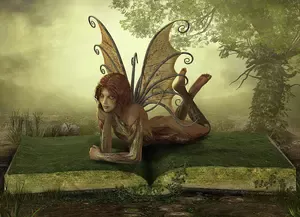- Home
- Fairy Blog
- Fairy Cakes
- Fairy Quotes
- Safety Dance
- The Flower Fairies Books
- What is a Fairy?
- Are Fairies Real?
- Elemental Fairies
- Faeries
- What are the Fae?
- Fae Fantasy Books
- Fairy History
- Origin of Fairies
- Fairies in Folklore
- Pixies
- Pixie Fairy Differences
- Gothic Fairies
- Tooth Fairy
- Fairy Festivals
- Fairy Gardens
- Fairy Garden Accessories
- Fairy Forests
- Fairy Poems
- Fairy Tales
- Fairy Tale Origins
- Classic Fairy Tales
- 24 Fairy Tales
- Fairy Tales around the World
- About Fantasy Creatures
- Dragons
- Dwarves
- Elves
- Gnomes
- Leprechauns
- Mermaids
- Unicorns
- Fairy Face Painting
- Free Fairy Art
- Fairy Coloring Pages
- Fairy Crafts For Kids
- Chinese Dragon Art
- How to Draw a Dragon
- Chinese Dragon Drawing
- Dragon Coloring Pages
- Fairy Tattoo Ideas
- About Us
- Contact Us
- Disclaimer
- Privacy Policy
Aesop - The Seller of Images
Aesop's Fables, or the Aesopica, is a collection of fables credited to Aesop, a slave and storyteller believed to have lived in ancient Greece between 620 and 564 BCE.
The fables originally belonged to the oral tradition and were not collected for some three centuries after Aesop's death.
 This is a rendition of Aesop by Diego VELAZQUEZ: Aesop (c. 1639-40).
This is a rendition of Aesop by Diego VELAZQUEZ: Aesop (c. 1639-40).Aesop Fables, were known for their teachings, because they almost alway had a moral statement at the end of the story. If he wrote stories without a moral, what was he trying to communicate to the children.
Aesop - The Seller of Images is one of the fables that he did not write a moral for.
Read it and let me know what you think the MORAL should be.
The Fable -
Aesop The Seller of Images
Once upon a time in ancient Greece, there lived a man named Aesop who was known far and wide for his captivating fables and the wisdom they contained. In addition to being a master storyteller, Aesop was also a skilled craftsman who made and sold intricate, hand-carved images of the characters from his tales.
In a bustling marketplace at the heart of the city, Aesop had set up a small, charming stall where he showcased his beautiful creations. Each figure was meticulously crafted, displaying fine details that brought the characters from his fables to life. People from all corners of the city and beyond would visit Aesop's stall to buy his images, which they believed held the same wisdom and magic that his stories did.
One day, as Aesop was busy carving an exquisite image of the cunning fox from his fable "The Fox and the Grapes," a wealthy merchant approached his stall. This merchant was known for his love of fine art, and he had heard of Aesop's extraordinary craftsmanship. He was eager to purchase one of Aesop's creations to add to his collection.
Upon arriving at the stall, the merchant's eyes immediately fell upon the image of the fox that Aesop was still working on. He was astounded by the lifelike quality of the carving and the intricate details that seemed to capture the essence of the fable. Without hesitation, the merchant asked Aesop how much the fox was worth.
Aesop, having a deep understanding of human nature, knew that this merchant valued his possessions greatly and derived much of his self-worth from them. He decided that this encounter would be the perfect opportunity to teach the merchant a valuable lesson about the true worth of material possessions.
"My dear sir," Aesop began, "I appreciate your interest in my work. However, I must tell you that the value of this carving goes far beyond the material it is made of or the time it took me to craft it. You see, the true worth of this image lies in the wisdom and understanding it can bring to the person who possesses it."
The merchant, intrigued by Aesop's words, inquired further. "What do you mean? How can a simple image bring wisdom and understanding to its owner?"
Aesop smiled and proceeded to tell the merchant the fable of the fox and the grapes, emphasizing the moral lesson of rationalizing one's failures and the dangers of coveting that which is out of reach. As the merchant listened intently, he began to see the connection between the fable and the image of the fox.
Once Aesop finished the story, the merchant pondered the lesson and its implications. He realized that his desire for the carving was not unlike the fox's desire for the grapes. He had been so focused on acquiring material possessions that he had neglected the more important aspects of life, such as wisdom and understanding.
Aesop continued, "You see, the true value of this image is not in the fine craftsmanship, but in the lesson it represents. The wisdom of this fable can teach you much about yourself and the world around you. It is not the possession of the image that brings understanding, but the willingness to embrace the lesson it symbolizes."
The merchant, humbled by Aesop's words and the truth they held, decided to purchase the image of the fox, not for its material value, but for the wisdom it represented. He thanked Aesop for the lesson and promised to carry its message with him as he moved through life.
As the merchant left the stall with his newfound treasure, Aesop knew that he had successfully imparted an important lesson. He continued crafting his images, fully aware that the wisdom he shared through his fables
Read more about Aesops Fables here.
What is the Moral?
What do you think the MORAL should be?
Tell us what you think. Share it!
We will publish it on our site.
What Other Visitors Have Said
Click below to see contributions from other visitors to this page...
Claudio M Hagi 




The liar, in order to justify one lie, tells another lie.
Amazon Audible Promo
With Amazon Audible’s holiday promo ($0.99/month for 3 months) and the release of Harry Potter: The Full-Cast Audio Editions, there's never been a better time to join.
Book of the Month
The Best Selling Fae Fantasy Book! A great Christmas gift!
CLICK HERE for more information and best price!
Recent Articles
-
Fae Fantasy Books - where love can be both thrilling and terrifying!
Nov 22, 25 02:34 AM
Fae Fantasy Books - explore new aspects of what it means to be human in a world where magic and immortal beings exist! A perfect blend of danger and allure! -
Water Fairies: Meet the Mystical Undines of the Waters
Nov 19, 25 02:45 AM
Water fairies, often called undines, are enchanting magical beings deeply connected to the element of water. These spirits appear in folklore and fairy tales -
Earth fairies are elemental beings connected to the earth element.
Nov 19, 25 02:34 AM
Earth fairies, also known as gnomes, are elemental beings deeply connected to the earth element. They have rich roots in folklore, mythology, and fairy tales










